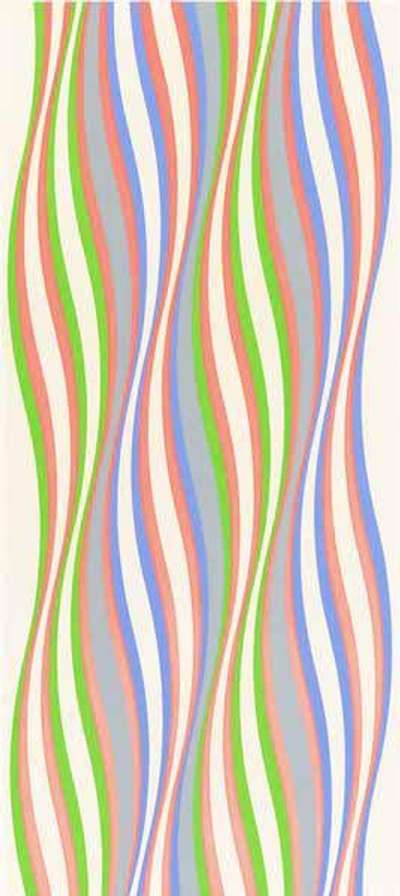
Green Dominance, Blue Dominance, Red Dominance

Green Dominance, Blue Dominance, Red Dominance
Signed Print
Bridget Riley
£60,000-£100,000Value Indicator
$120,000-$210,000 Value Indicator
$110,000-$180,000 Value Indicator
¥580,000-¥970,000 Value Indicator
€70,000-€120,000 Value Indicator
$620,000-$1,030,000 Value Indicator
¥11,350,000-¥18,910,000 Value Indicator
$80,000-$130,000 Value Indicator
AAGR (5 years) This estimate blends recent public auction records with our own private sale data and network demand.
There aren't enough data points on this work for a comprehensive result. Please speak to a specialist by making an enquiry.
Medium: Screenprint
Edition size: 100
Year: 1977
Size: H 38cm x W 86cm
Signed: Yes
Format: Signed Print
TradingFloor
Track this artwork in realtime
Watch artwork, manage valuations, track your portfolio and return against your collection
Track auction value trend
Auction Results
| Auction Date | Auction House | Location | Hammer Price | Return to Seller | Buyer Paid |
|---|---|---|---|---|---|
| April 2023 | Leslie Hindman Auctioneers, Chicago | United States | |||
| June 2020 | Van Ham Fine Art Auctions | Germany | |||
| December 2016 | Forum Auctions London | United Kingdom | |||
| October 2006 | Bonhams New Bond Street | United Kingdom | |||
| November 2001 | Doyle Auctioneers & Appraisers | United States |
Meaning & Analysis
Bridget Riley’s Green Dominance, Blue Dominance, Red Dominance (1977) was released in a signed edition of 100 screen prints. Assembling the preceding prints, Riley concludes her Dominance series by revealing its chromatic trickery—multiplying shades have been the product of a limited palette and a mastery of colour theory.
Colours, their intensity and tonality, is relational and comparative: dependent on which other colours are placed in close proximity. Such effects are also dependent on how the eyes and brain perceive the visual phenomena. Thus, each individual will witness the three prints constituting this work differently, based on their subjective viewing experience. Placed side by side in this print, such effects of varying intensity and tonality are made apparent.
Despite this, Riley’s works are not intended to be merely eye tests. Rather, they are explorations into the potential of colour, line and form, to impact and affect people. The viewer’s eyes are left dancing whilst scanning the various colour combinations.
The width of the lines constituting Green Dominance, Blue Dominance, Red Dominance decrease and increase at varying points, creating the illusion that they are bending away from and towards the viewer in a rippling motion: such visual effects are emblematic of Riley’s work, making them instantly recognisable.


